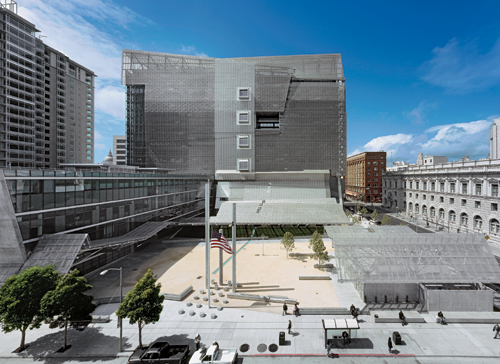The Case For Commissioning
Today, as more owners are adding value to their projects by seeking LEED certification, commissioning responsibilities are often contracted to an independent third-party provider, a commissioning agent, who ideally sits at the table with the architects, engineers, and client at the start of the process. The relationship between sustainability and commissioning cannot be underestimated. As a result, commissioning has emerged from the purview of specialized structures, such as laboratories and hospitals where bio-safety is critical, to play an important role in new construction. Quality-assurance testing begins in the design phase and continues through construction and after occupancy. The following two case studies show how two clients-one private, one public-have responded to the complexities of building high-performing buildings in the 21st century.
|
The U.S.'s largest
The U.S. General Services Administration (GSA) is responsible for meeting the space requirements of federal agencies, making its real estate portfolio the largest in the U.S. Among other duties, GSA sets policy and standards for architecture, engineering, construction services, and project management. Private-sector design teams must follow stringent guidelines, not the least of which is GSA Public Buildings Service's Total Building Commissioning process for quality assurance in both new construction and facility modernization. The process includes validating and documenting the performance of the total building and its systems to determine if they meet the design requirements of GSA.
 |
Manually operable windows allow occupants to control their individual environments. Zoning ordinances prevent the development of tall buildings on adjacent sites that could disrupt the natural ventilation system. Photo © Roland Halbe |










